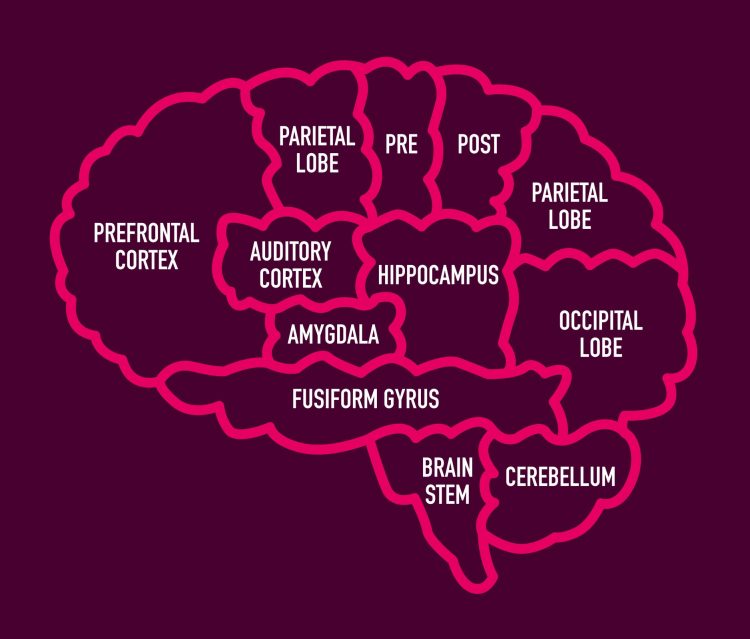People can acquire knowledge from the internet, books, and journal papers if they’re a scholar. It is easy to collect knowledge, but it is tough to recall them when you eventually need it. Without using your knowledge, the information you’ve collected is said to be non-sensical work.
If you want to keep your knowledge forever and turn the information you’ve collected over the years into intelligence and wisdom, you need a knowledge collection system.
Systems for knowledge collection have been created throughout the years of research.
There is the Cornell system of note taking and there is Zettelkasten method of knowledge collection.
I’ve found that the Cornell method is good for taking short class notes. But if you want to retain the information that you’ve learned throughout the years, Zettelkasten is the way to go.
If you want to know about Zettelkasten Method refer this video below by Shu Omi.
Now we move on to collecting the information
You collect the informations from many sources and formats. For most of them it is a mess.
For example, you’re reading a book, and you’ve found some useful quotes or lines that need to be remembered. Normally you’d highlight them with the highlighter or use the highlighter tool in your kindle app. This is good. To recollect the information and turn it into knowledge, you need to recall it to turn this into knowledge.
Readwise and Remnote are the two tools that you can use to recollect the information in active recall method or spaced repetition. This habit will make you more knowledgeable, at the least.
This is the first steps or baby steps in taking your information and making them into knowledge.
Now turning Information into Knowledge
The next step is to make use of the knowledge that you’ve gained and use it in your life somewhere necessary.
This is where Roam Research and Evernote come in. Roam, and Evernote let you make notes of all the things you need to know for future references. Evernote is a basic note-taking application. It would help if you took notes when you’re going through active recall or spaced repetition processes to consider the information, which is understandable for your future stupid self. So make some basic notes.
When you take these basic notes, make sure that you skim through the filler content and go straight for the concept’s first principle. Read this article by James Clear on what is meant by First Principle thinking.
You will find the crux, aka the first principle of the concept when you do some research. Then make those points bold. This will make you identify the points that you want to know for sure. Then now is the time to move on to Roam.
In Roam, don’t dump everything that you come upon. That is why we are funneling it down. Make sure that you only enter the things that are relevant for your future self. Roam is not for fillers. It is a knowledge database. Now import those bolded points into Roam and tag it regarding the author and the source for later use cases.
With all this constructed in this system, you’ll have some basic structure on knowledge collection. This will help you a lot.
This article is an overview of what to do and how to start. In the upcoming articles, I will discuss in detail how you can fine-tune these processes.
References
- ‘Tagging’ ebook highlight notes on the fly while reading – alvistor.com by Sakthitharan Subramanian
- How to Take Smart Notes – Sonke Ahrens
- Remnote tutorial playlist
